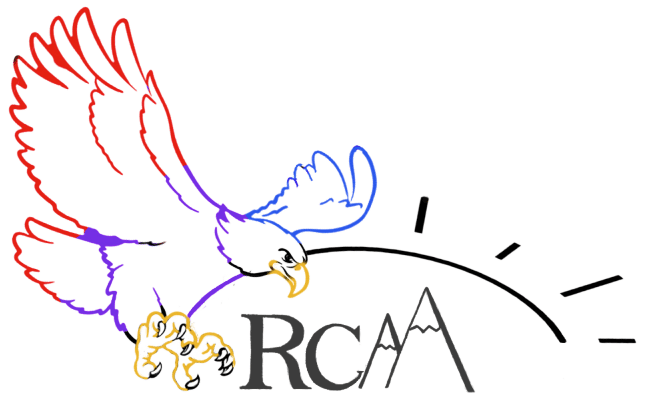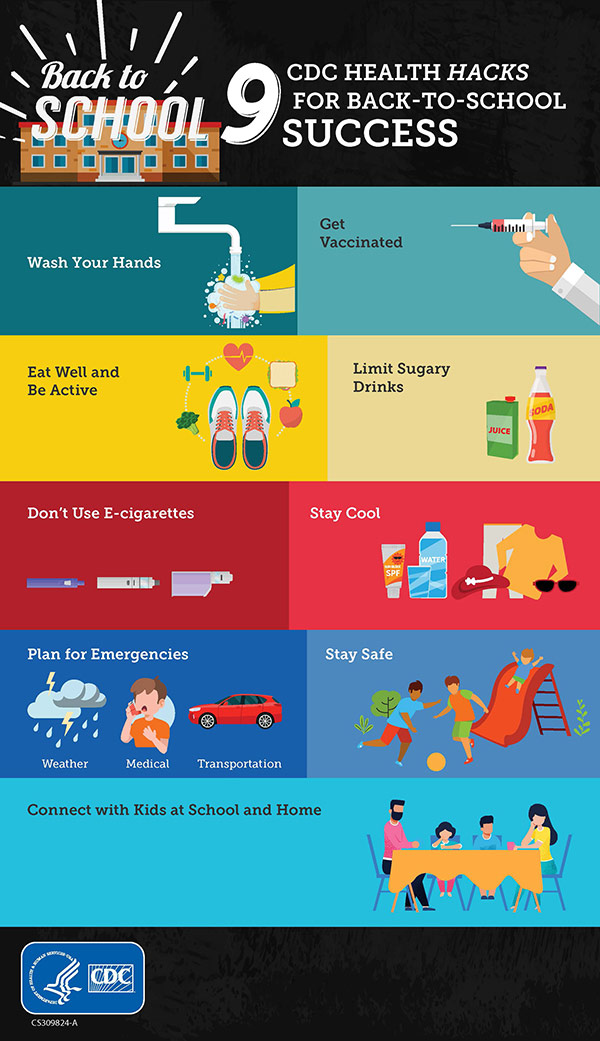Notes from the Nurse:
It is cold and flu season, and there are cases now in SD. Please consider getting your child a flu shot and be mindful of fevers, body aches, chills, and cough. Here are some suggestions for when to keep your child home.
WHEN SHOULD YOU KEEP YOUR CHILD HOME SICK
- If your child has a temperature of 100 or greater.
- If your child has diarrhea, please keep your child home.
- If your child is vomiting, please keep your child home.
- If your child has been placed on antibiotics for an infection by your doctor, please check with your doctor for time of return.
- If your child has pink eye and has been prescribed antibiotics, check with your doctor for time of return.
- If your child has impetigo and has been prescribed antibiotics, please check with your doctor about when to return.
- If your child feels miserable and can’t focus on school, it is recommended to keep the child home.
| DISEASE | SYMPTOMS | INCUBATION | COMMUNICABILITY |
| Chicken Pox | Slight fever; feeling of discomfort; rash resembles water blisters appear after 3-4 days; scabs appear later | 14-21 days | Exclude from school until scabs are dry- usually 5-7 days; Contagious 5 days before rash and 6 days after last spot appears. Spread through discharge from nose, mouth and skin |
| Common Cold | Acute upper respiratory signs: watery eyes; sneezing; runny nose; “doesn’t feel well” | 12 hours to 3 days | No restrictions unless “doesn’t feel well”. Contagious 24 hours before and 5 days after symptoms. Spread by droplets from the nose and mouth. |
| Head Lice
(Pediculosis) |
Lice on head or nits seen on hair shaft – cause itching and scratching of head | Nits hatch in 1 week | Lice crawl from person to person. Treat with medicated shampoo that kills live lice. If re-infestation, will need additional treatments. |
| Pink Eye | Redness of the eye and eye lid. Crusty discharge of the eye. Itching of eye. | 24-72 hours | Spread by direct or indirect contact. Exclude from school until on medication for 24 hours or eye clears. Communicability depends on whether cause is a bacteria or a virus. |
| Scabies | Itching; scratch marks; burrow marks usually seen on wrists, belt line, elbows, between fingers or on thighs | Days or weeks | Mite is transferred by direct contact with an infected person or by clothing or sheets. Communicable until treated and must be excluded from school until treated. |
| Strep Throat | Fever; sore throat; may have headache, nausea, vomiting. | 1-3 days | Spread directly from nose and throat discharges. If throat culture is positive for strep, exclude from school for 24 hours after beginning antibiotics and child feels better. |
| Cold Sores | Sores usually on the lip but may occur anywhere. | 2-12 days | Virus is transmitted by direct contact. May spread as long as 7 weeks after sore appears. Appropriate hygiene precautions. |
| Fifth’s Disease | Begins with “red, slapped cheeks”, then lacey rash on arms and legs; Occasional fever | 7-10 days | Virus occurs in groups of young people spread by airborne droplets. May attend school as long as the child feels well enough. Pregnant women should contact physician if exposed to this virus. |
| Impetigo | Blisters or pustules rapidly covered with honey-colored crust. | 1-6 days | Bacteria spread by direct contact or indirect contact with discharge from sores. Contagious until lesions are healed. Exclude until medical treatment for 24 hours. |
| Influenza | Chills; body aches; headache; fever; sore throat; may have runny nose, cough, stomach ache. | 24-72 hours | Virus spread by coughing, sneezing, contact with nose or throat discharge. Exclude from school until well. Usually 2-7 days. |
| Mononucleosis | Fever; sore throat; swollen lymph node | 2-6 weeks | Virus spread by droplet. Follow MD recommendations. Communicability unknown. |

